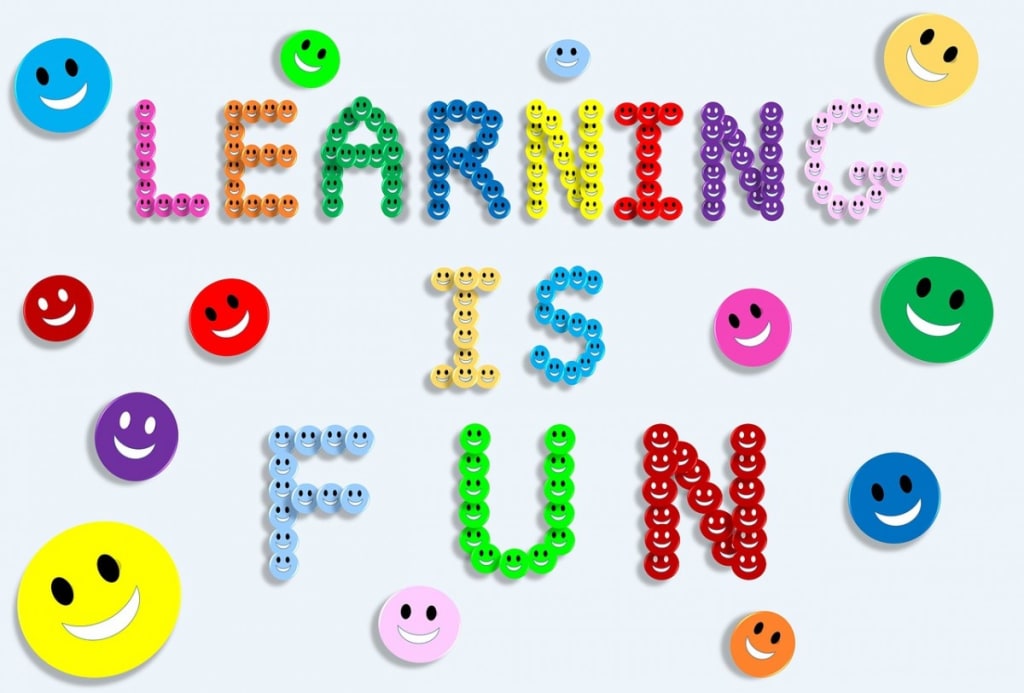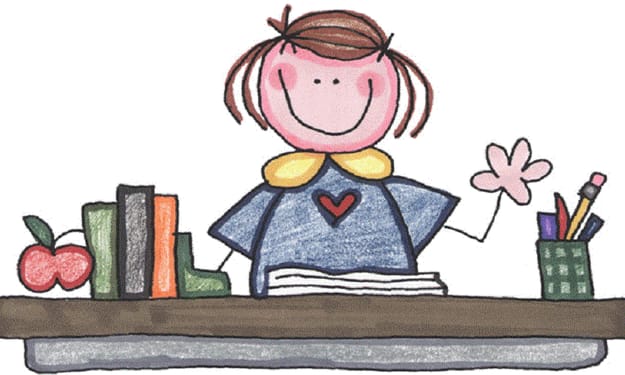Do We Need Active Learning in the Classroom?
Motivational Teaching - Motivated Students #4

To succeed in today’s world, particularly in varied academic programs and contemporary careers, 21st century skills are believed crucial by not only employers but also educators and school reformers.
The term “21st century skills” refers to a broad set of knowledge, skills, character traits, and work habits. 21st century skills can be defined and categorised differently from person to person, school to school, or place to place, but they are commonly associated with the following:
• Critical thinking and problem solving
• Research skills and practices
• Creativity and innovation
• Initiative, planning and self-discipline
• Oral and written communication
• Public speaking, presenting and listening
• Teamwork, collaboration and cooperation
• ICT literacy
• Global and cultural awareness
• Social responsibility and ethics
• Leadership
• Flexibility and adaptability
More and more often, educators and workforce experts warn that our children need improved 21st century skills; therefore, without these skills, they will not be able to participate successfully in the global economy and compete effectively at the world market.
Usual methods of teaching foreign languages such as rewriting grammar exercises or reading and translating of texts go on the back burner. They are not effective for studying foreign languages nor gaining and mastering 21st century skills.
How do teachers spend in-class time?
60% - lecturing
15% - student group work
10% - student independent work
15% - other
How do students learn?
They learn
10% of what they read
20% of what they hear
30% of what they see
50% of what they see and hear
70% of what they discuss
80% of what they experience
95% of what they teach others
Obviously, the more actively engaged in the learning process students are, the more effectively they learn.
“Active Learning”, as an alternative to usual methods of teaching, is becoming more and more popular among innovative educators. Active learning is a process that puts students at the heart of the learning experience. It focuses on how students learn, not just on what they learn. Students are encouraged to ‘think hard’, rather than passively receive information from the teacher.
Research shows us that it is not possible to transmit understanding to students by simply telling them what they need to know. Instead, teachers need to make sure that they challenge their students’ thinking. With active learning, students play an important part in their own learning process. They build knowledge and understanding in response to opportunities provided by their teachers. Skilled teachers make these deeper levels of understanding more possible by providing learning environments, opportunities, interactions, tasks and instruction that foster deep learning.
What are the benefits of active learning?
Firstly, active learning helps students to become “lifelong” learners. This means that students are better able to continue learning once they have left school or university.
Secondly, active learning encourages success because students take a central role in their own learning and help them to be better at problem solving, applying their knowledge, and improve other 21st century skills.
Lastly, active learning is engaging and intellectually exciting.
How does it look like in practice?
As I mentioned above, active learning is an approach, rather than a fixed set of activities. It can include any task that encourages students to take an active part in the learning process within the classroom.
Let’s look at some of them.
• Students guess the topic of the lesson.
Give them some clues – make it a detective game.
Make it in the form of a riddle.
Read out loud descriptive words.
Use visuals or music.
• Students formulate objectives of a lesson.
Analyse a topic and formulate objectives (more advanced levels).
Key words are on the board. Ask students to formulate objectives themselves.
• Peer assessment. Peer teaching.
Let them be teachers, mark each other’s written tasks, correct mistakes and explain concepts. Then ask them to rewrite corrected tasks.
• Group/whole-class discussions
Make sure that all students are involved in a discussion. Consider choosing students to answer, rather than inviting them to raise their hands. Try to ask every student. Don’t ask factual-recall questions, but open-ended ones. Try to ask more “Why?” and “What if?” questions which are relevant to their personal experiences.
• Students’ presentations
Let students choose a form of a presentation. Require to do a research, add data and facts not only opinions. Set the time of presentation.
“The importance of close friendship”
“The most useful invention/garget”
“The most serious environmental problem in my native city”
“What is your dream job / profession”
“What is the best type of holidays?”
Assess their creativity and presentational skills, not only grammar and vocabulary.
• Seminars
Present a main topic and offer the list of sub-topics. Let your students choose one.
“Happiness” (Sub-topics: “Happiness from political point of view”, “Happiness and religion”, “Happiness from psychological point of view”, etc.)
“What are negative and positive aspects of travelling?” (Sub-topics: social, cultural, historical, environmental, political, psychological, etc.)
“Alternative sources of energy”
• Projects (Group & Individual)
“You work in a travel agency. Invent a name. Design a holiday/holidays where/when/how. Calculate the price and advertise them.”
“What is the best way to save money?”
“The ideal education system. Subjects, grades, school day, homework, exams, etc.)
• Debates
“Euthanasia. For or Against”
“Working from home. For or Against”
• Roleplays
TV Programmes
Interviews
Choosing an interim for your company
Job interviews
• Art and creativity
Let your students draw pictures. Design their own quizzes. Create posters or adverts.
It is not necessary to make an entire lesson “active”: you can mix regular exercises with “active” ones. Introduce a few active learning elements into your teaching to begin with. If students respond positively, add more.
The most important thing is to create positive classroom environment. Students need to be confident in trying new ideas. They need to know that making mistakes is the way of learning. They need to know that they will not be laughed at, and that there are high levels of mutual respect in the classroom.
Sources:
http://edglossary.org/21st-century-skills/
https://www.envisionexperience.com/blog/13-essential-21st-century-skills-for-todays-students
https://www.ucl.ac.uk/teaching-learning/active-learning-toolkit
https://www.cambridge-community.org.uk/professional-development/gswal/index.html
About the Creator
Lubow Dabrowska-Szpakowicz
Firstly, I am a teacher...
Secondly, I am an artist...
I love gardening, photography and psychology...
Gym, swim, travelling and






Comments
There are no comments for this story
Be the first to respond and start the conversation.